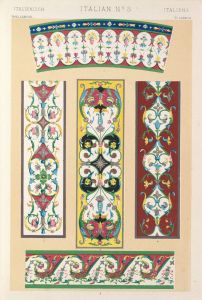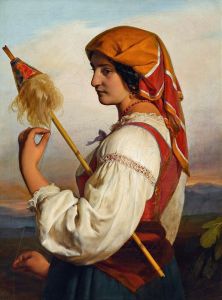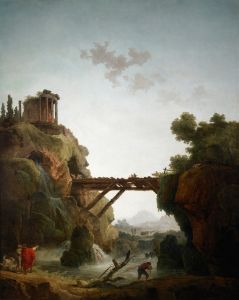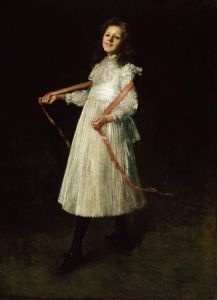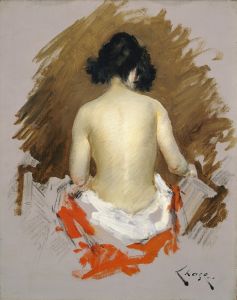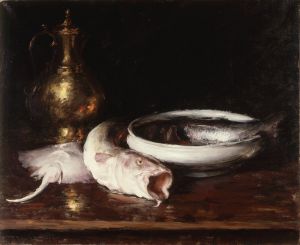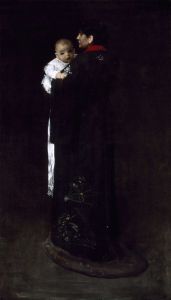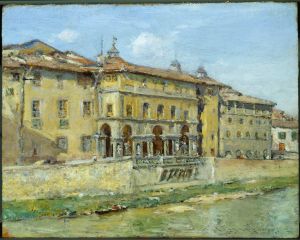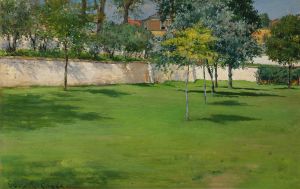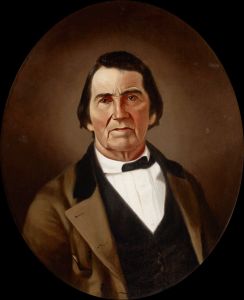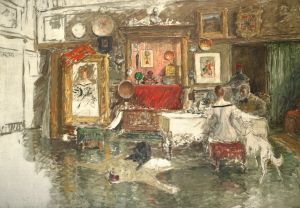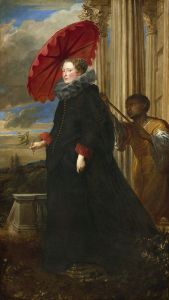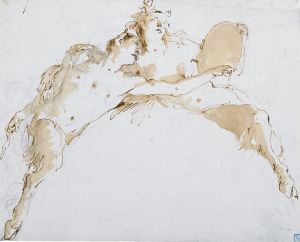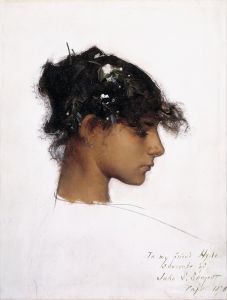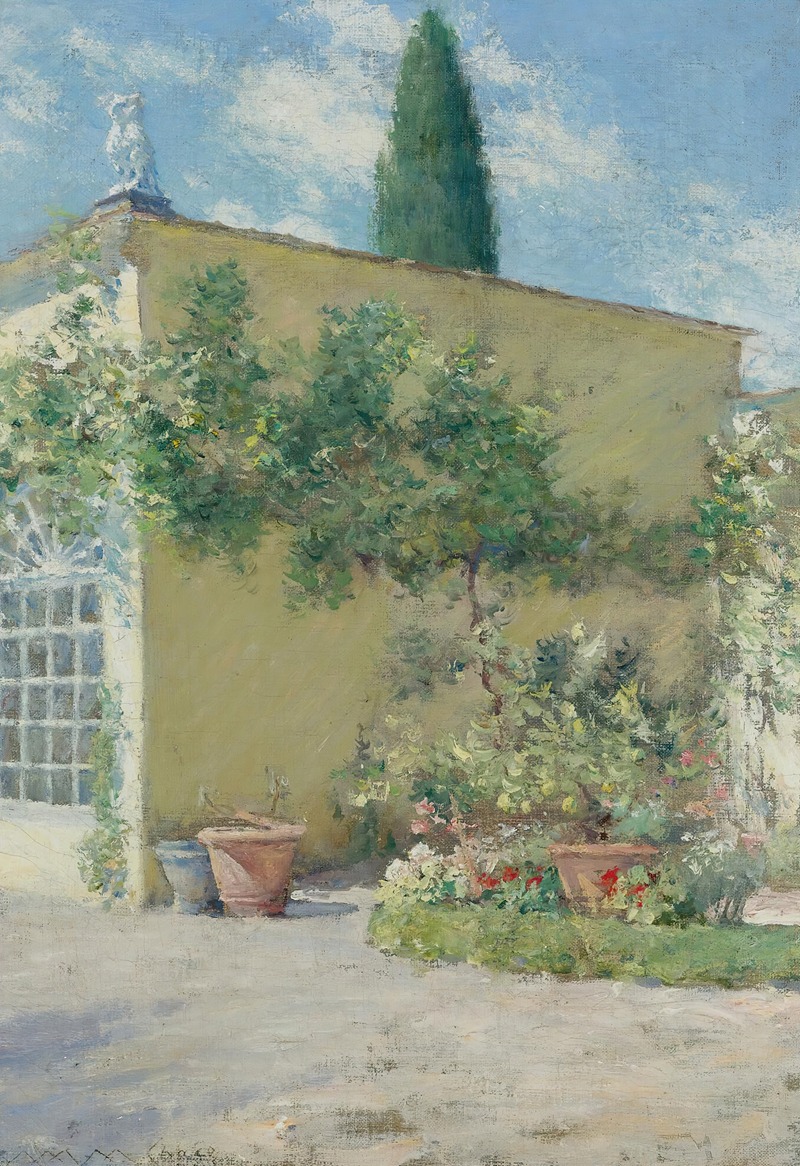
Orangerie Of The Chase Villa In Florence
A hand-painted replica of William Merritt Chase’s masterpiece Orangerie Of The Chase Villa In Florence, meticulously crafted by professional artists to capture the true essence of the original. Each piece is created with museum-quality canvas and rare mineral pigments, carefully painted by experienced artists with delicate brushstrokes and rich, layered colors to perfectly recreate the texture of the original artwork. Unlike machine-printed reproductions, this hand-painted version brings the painting to life, infused with the artist’s emotions and skill in every stroke. Whether for personal collection or home decoration, it instantly elevates the artistic atmosphere of any space.
William Merritt Chase was a prominent American painter known for his contributions to American Impressionism and his role as a teacher. He was born on November 1, 1849, in Williamsburg, Indiana, and studied at the National Academy of Design in New York City and later at the Royal Academy of Fine Arts in Munich. Chase was a versatile artist, adept in various genres including portraits, landscapes, and still lifes. His work is characterized by its vibrant use of color and light, often capturing the leisurely pursuits of the upper class.
"Orangerie Of The Chase Villa In Florence" is one of Chase's works that reflects his interest in capturing the beauty of everyday life and the environments he encountered. The painting is believed to have been created during one of his travels to Europe, where he spent time in various cultural hubs, including Florence, Italy. Florence, known for its rich artistic heritage and stunning landscapes, provided ample inspiration for Chase's work.
The term "orangerie" refers to a type of greenhouse or conservatory that was popular in the 17th to 19th centuries, primarily used to protect citrus trees during the winter months. These structures were often associated with luxury and were a common feature in the gardens of the wealthy. In the context of Chase's painting, the orangerie likely serves as a backdrop that highlights the elegance and tranquility of the setting.
Chase's style in this painting would likely exhibit his characteristic loose brushwork and keen attention to the effects of light and shadow. His ability to capture the atmosphere of a scene is one of his hallmarks, and this work would be no exception. The painting would reflect his skill in rendering both the natural beauty of the plants and the architectural elements of the orangerie.
Throughout his career, Chase was deeply influenced by European art movements, particularly Impressionism, which is evident in his use of color and light. His time in Europe allowed him to absorb various artistic influences, which he then integrated into his own work, creating a unique blend of American and European styles.
Chase was also a dedicated teacher, founding the Chase School, which later became the Parsons School of Design in New York City. His influence extended to many students who would go on to become significant artists in their own right. His commitment to art education and his own prolific output have left a lasting legacy in the art world.
While specific details about "Orangerie Of The Chase Villa In Florence" are limited, the painting is a testament to Chase's ability to capture the serene beauty of his surroundings and his mastery of the Impressionist style. His works continue to be celebrated for their contribution to American art and their reflection of the cultural exchanges between America and Europe during his time.





